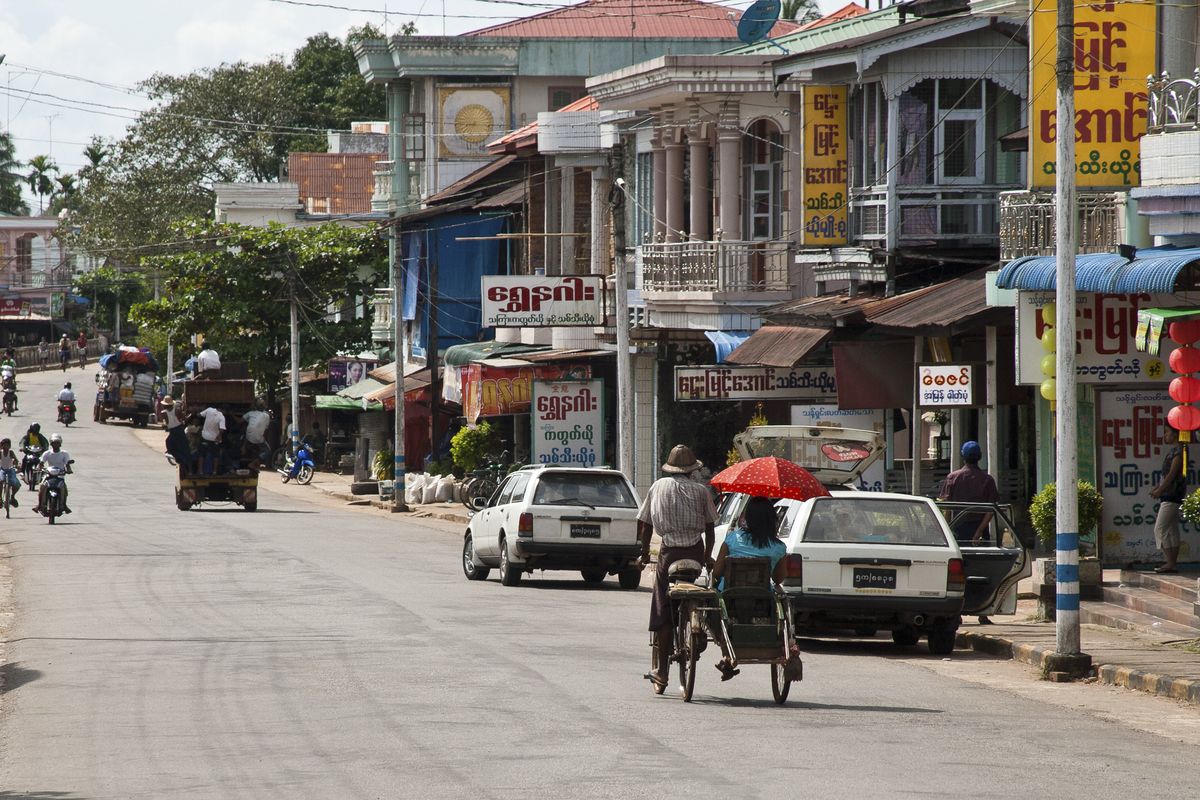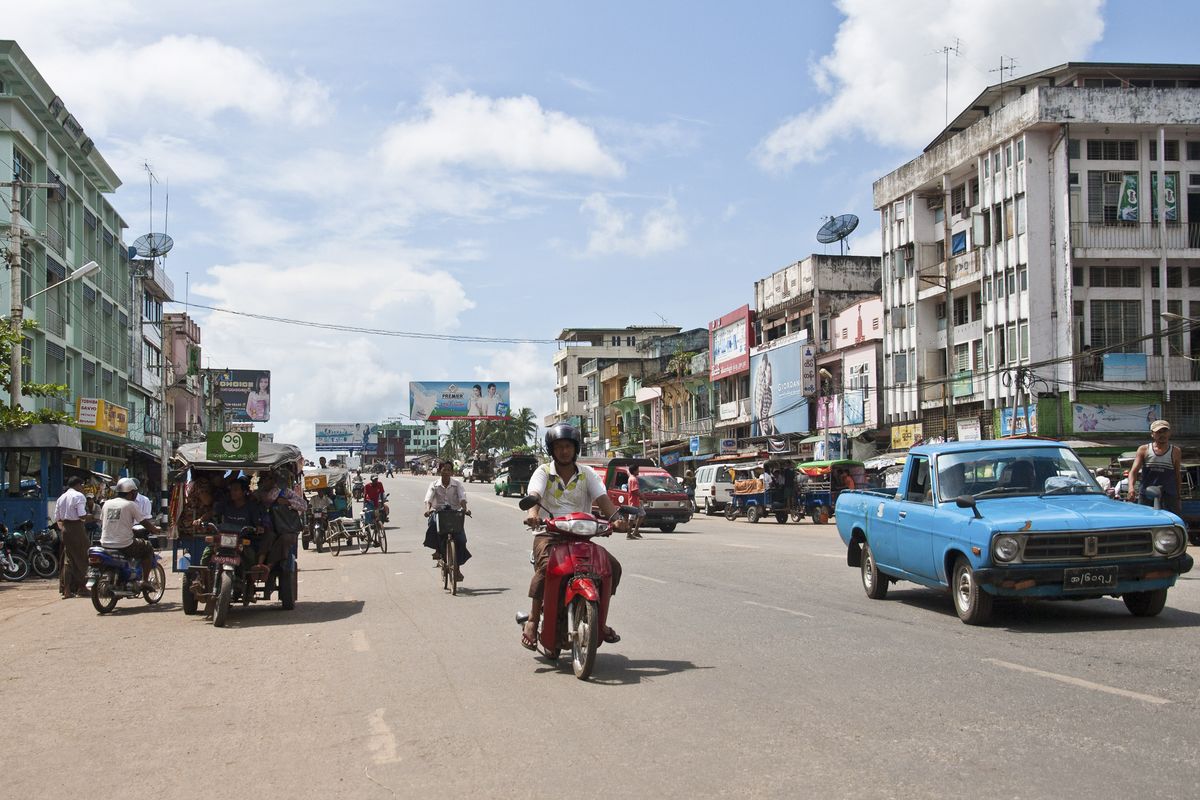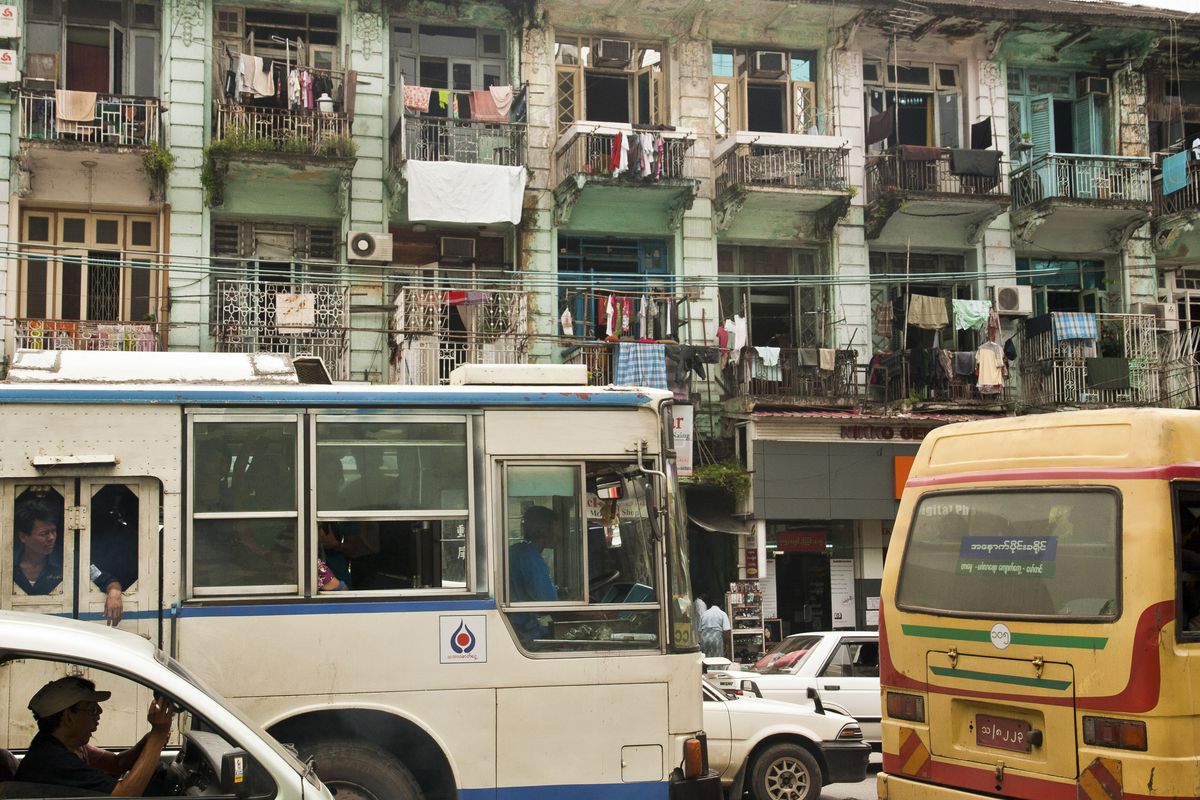Teahouse culture in Myanmar
by Guest author
Image gallery
Some destinations feel familiar after just a few days, while others make you work a little harder to get beneath their surface. We long for the beautiful beaches, secluded islands and iconic temples of Myanmar, but in and of themselves these attractions don’t illuminate everyday Myanmar life, any more than a visit to St Paul’s cathedral would reveal the life of a modern Londoner. For an uncomplicated glimpse of grassroots Myanmar... head for a teahouse.
The teahouses of Myanmar have been a reassuring constant throughout the country’s changeable history, providing camaraderie, news and companionship to its resilient population. They’re somewhere to laugh, engage in animated conversation, discuss the political climate, get the latest sports scores, shelter from the rain and talk without pretension. Historically, they have been alternative spaces, where voices of dissent can be heard and where news is shared and argued over in an informal setting, providing something of a barometer of public opinion.
Sound familiar? The parallels with European bars, especially the Good Old-Fashioned British Pub, are certainly there. Like their European counterparts, Myanmar’s teahouses are the place to go if you want a no-nonsense reality check.
These days, the majority of their custom rests with older generations of men, as Myanmar’s youth tend to prefer more modern style cafés and bars, but there are exceptions. The Rangoon Teahouse in Yangon is the new kid on the tea block, and has been generating a buzz for teahouse culture since it opened a few years ago. You can understand the appeal; Instagram-able interiors, a chic atmosphere and signature cocktails draw the attention of bloggers, glossy global magazines, and Myanmar’s emerging middle class. Guests can enjoy a sophisticated afternoon tea, eating Burmese dishes with a modern twist and sipping hip cocktails or traditional laphet yay served up to 16 different ways, with a high price to match the premium surroundings. This is a top-class restaurant, but to think of it as being indicative of tea house culture would be like calling the wine bar at the Ivy a pub!
To find the real deal, meet up with your guide and head out into Yangon’s urban edges. Here, tucked under awnings and around hidden bends, you’ll find plastic chairs and stools surrounding mismatched tables, gathered in ramshackle corners and carved out spaces reclaimed from the evolving city. Down side-streets, off the main drag, under canopies and weather-worn umbrellas, a local teahouse can be anything from shack at side of road to a long-established café.
Open every day, some well-known ones 24/7, they’re popular places to go after other eateries have closed. Often quite gritty, they exemplify the rough-around-the-edges nature of much of central Yangon. Chatter across the teahouse, not just within individual groups or tables, is common: Burmese culture is much more open to conversation with strangers than most Westerners are used to, and teahouse customers will freely join each other’s conversations, sometimes through a fog of tobacco smoke, or the distinctive scent of betel nut.
The tea is central to the experience. A waiter wanders to and fro with a giant steaming pot, topping up cups from a dramatic height to help oxidise the brew and create a traditional frothy top. Plates piled with samosas and snacks are dotted around the tables for you to nibble as you wish, with the eagle-eyed proprietor discretely totting up everything you eat and drink from afar. Early risers can sometimes grab a more substantial breakfast of favourite Burmese dishes, such as the crispy, sweet ei kyar kway dough sticks, or mohinga, the spicy fish and noodle broth which is thought of as the de facto national dish.
Alex, our man in Myanmar, outlined the differences between the various teahouse types:
‘There are three approximate levels of Myanmar tea house, or four if you include the beer stations. The quintessential teahouse can be small and cramped, due to the impossible spaces they occupy down side streets and narrow alleys. You’ll often find they’re open to the elements, but they’re also cheap as chips, which is why I think they’ll always have a place in Myanmar society.
In the last twenty years or so, we’ve seen the rise of slightly larger, mainstream and branded teahouses such as Lucky 7. Imagine the quintessential teashop but with extra voom, with quality food to match, located under semi-permanent structures with gaudy coloured tarpaulin roofs.
The Rangoon Teahouse is currently the only example of a new gentrified tea house, but there may be room for more in the future. They are expensive - not because they’re inflated for the tourist market, but simply because the ingredients are of a higher quality.
As alluded to, economic factors are keeping the quintessential teashop alive. Until disposable income becomes more of a thing, most people won’t be able to spend their hard-earned wages on more expensive food, no matter how good the taste and quality.’
As Myanmar begins to open up, gain a global profile, and reveal some of its more shocking troubles too, things are changing. Internet access is increasing, and social media platforms are gaining momentum as alternative spaces to exchange views and receive news.
But amongst the buzz and biz, the teahouse rides out the changes as it always has, providing immediate companionship and contact in a way no screen interface ever could. They’re not places ‘where everybody knows your name’; they don’t need to be. They’re places where shared history doesn’t have to be explained, where you can soak up the atmosphere, and where the air of relaxed nonchalance, peppered with fiery opinion, creates somewhere where anyone from loyal customers to fleeting visitors can join in and belong for a while.
Speak to one of our Myanmar Specialists on +44 (0)1273 670 001, or send us your enquiry.
by Guest author on 1st November 2018


